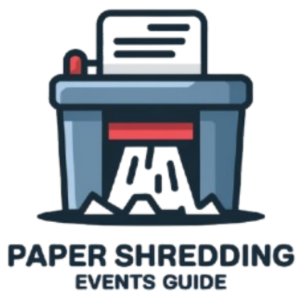Proper paper shredding protects your sensitive information. However, many people make mistakes that compromise their security. Let’s explore common errors and how to avoid them for optimal data protection and peace of mind.
Common Paper Shredding Mistakes
Many overlook the importance of secure paper disposal. Failing to shred sensitive documents leaves you vulnerable to identity theft and other security breaches.
Mistake #1: Shredding the Wrong Documents
Not all paper needs shredding. Focus on documents with sensitive personal or financial information. Avoid shredding unnecessary paperwork to save time and resources.
- Bank statements
- Tax returns
- Medical records
- Credit card applications
Mistake #2: Using the Wrong Type of Shredder
Different shredders offer varying levels of security. A simple cross-cut shredder is better than a strip-cut shredder for sensitive documents. Consider the security level needed for your documents.
Investing in a high-security shredder, like a micro-cut or cross-cut shredder, ensures smaller, more difficult-to-reconstruct pieces.
Mistake #3: Overfilling Your Shredder
Overloading your shredder can cause jams, damage the machine, and potentially leave some documents unshredded. Always follow the manufacturer’s instructions.
Regularly emptying the shredder bin prevents it from becoming overloaded and keeps the machine running smoothly.
Mistake #4: Improper Disposal of Shredded Paper
Simply throwing shredded paper in the trash isn’t enough for sensitive documents. Someone could still reconstruct the information. Consider secure disposal options.
- Recycle responsibly (check with your local facility).
- Use a secure document destruction service.
Mistake #5: Ignoring Maintenance
Regular maintenance ensures your shredder functions correctly and prevents costly repairs down the line. Cleaning and oiling (when necessary) are crucial.
Frequently Asked Questions (FAQs)
What type of shredder is best for home use?
For home use, a cross-cut shredder offers a good balance of security and affordability. Micro-cut shredders provide the highest level of security but are generally more expensive.
How often should I empty my shredder bin?
Empty your shredder bin when it’s about ¾ full. This prevents jams and ensures optimal performance.
What should I do with shredded paper?
Check your local recycling guidelines. Some facilities accept shredded paper, while others may not. For highly sensitive documents, consider a secure document destruction service.

